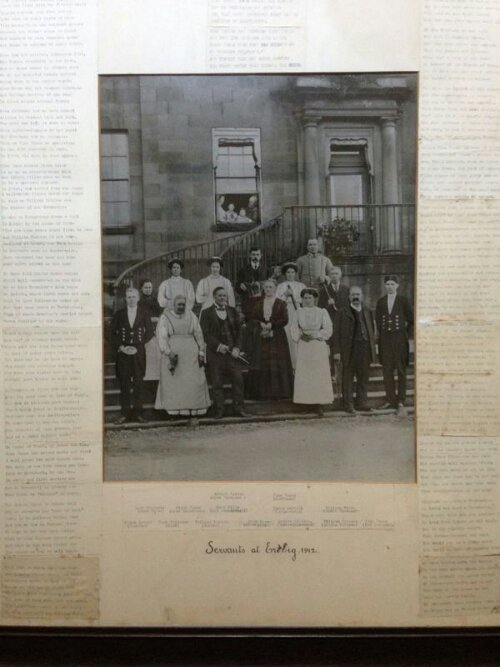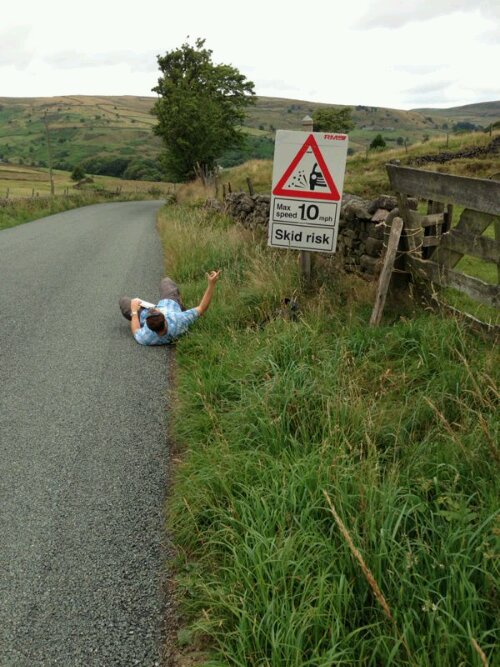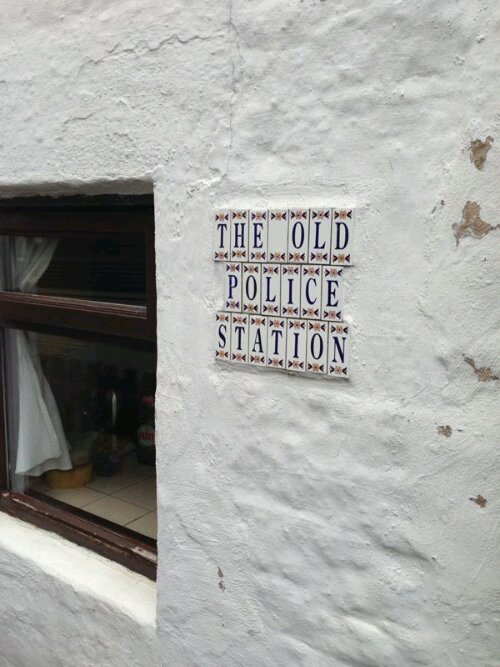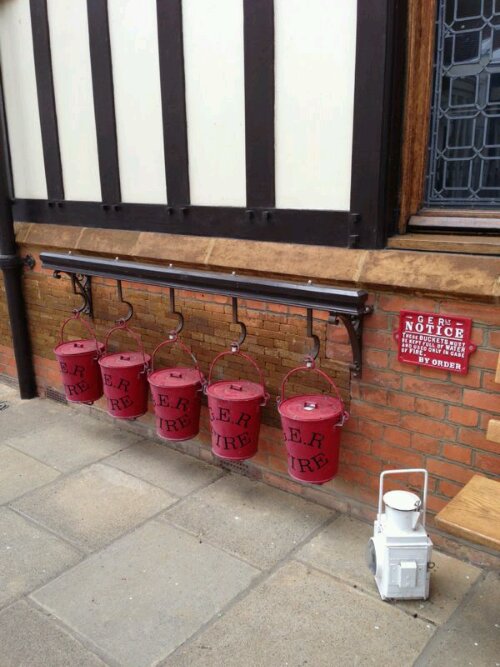A few days ago, I expressed an interest in becoming a tour guide at Ham House. As luck would have it, the very next day there was a training session on how to guide the ghost tours.
I jumped at the chance so the following morning, the training was due to begin at 10am. The house is generally kept quite dark, to avoid light damage to any of the delicate things in the rooms. This makes the whole place a bit spooky. My plan was to go into the house at 9.30am and have a little look around for some ghosts while the place was still quiet and dark.

I went and stood in the chapel, where the Duke of Lauderdale’s body lay for a week after his death and where a woman dressed in black has been seen kneeling by the altar and where a handprint was found in the dust one morning, at the Duchess’ pew. I stared into the darkness and my heart beat fast and eventually I lit up my phone to scan the room for ghosties but didn’t see one.
Next I went to to the Round Gallery where, in the book I recently talked about, one of the main characters sees some ghosts. While I am not claiming this book is based on anything factual, I still thought I might come across something, given all the portraits on the wall.

Nothing.
Back downstairs, I went into the Duchess’ bedchamber. This is the room where she spent the last years of her life, ridden with gout and feeling trapped. I can’t remember the exact quote but she writes about feeling imprisoned in her beloved Ham House. There have been ghostly sightings by room guides here, who’ve been so scared by what they saw, that they have been unable to return to the house.
I lingered around, looked in the mirror, looked at the portrait of the Duchess as a young woman and waited.
Nothing.
Undeterred, I went into the White Closet, a beautiful little room that was one of the Duchess’ private closets in which she entertained only her closest friends.
As I stared at a painting of the back of Ham House and the gardens, I remembered someone saying that this painting contains most of the people at Ham House who have been seen/heard as ghosts. So I started looking for them in the painting. And I heard a noise…..
Whirrrrrrrr…..

Oo! Oo! It’s the ghosts! Through there! Up there! In the next room! I snuck along following the noise, with a beating heart, and found….
One of the staff members hoovering the floor in the Long Gallery.
Ah. Yes. Of course that was it. Silly me. Ghosts don’t whirr, everyone knows that.
I did tell him off, though, for hoovering while I’m looking for ghosts. How can they walk around or say hi to me if he’s busy hoovering them up? It takes them bloody ages to get back out of that hoover so I wouldn’t see them until much later in the day.
By this time, it was 10am and the training was starting so I went upstairs and complained about the lack of ghost sightings. We talked a lot about how a tour should run, then a few of the experienced guides did a sample tour for us around the house.

I still didn’t see any ghosts on this tour but not for lack of looking.
Anyway, the training finished and I left, clutching my notes and dreaming about being the Best Ghost Tour Guide The World Has Ever Seen, and ran into my manager from the cafe, who told me about a name scratched into the kitchen window in one of the house steward’s flats upstairs in the house.
The story is, briefly, a young man called John McFarlane was at the house. He was in love with one of the kitchen girls but she was in love with the butler. He was super distraught about it and threw himself out of one of the upstairs windows and died. But not before scratching his name into one of the window panes – John McFarlane 1790.
So we went to see this name scratched in. I was really having to restrain my excitement. People have photographed this window before and seen an orb in the photo! I attempted to take a photo of the name but my phone was like, “There is no more space for photographs on your phone.”
Humph.
So I deleted some photos to make space and tried again. Same thing. I deleted some more and eventually I got one but I couldn’t take any more. After walking through the front room into the hallway, we decided to look around upstairs.
As we approached the stairs, Sarah said to me, “There are stories of a little boy ghost on these stairs,” then she turned the light on…
And the light popped and the bulb threw itself out of the socket and it hurtled down the stairs towards us and smashed on the ground, only just missing us. I tried to photograph the smashed glass but the phone was having none of it. Sarah checked the fuse box but nothing had blown….
Make of it what you will, my friends. Make of it what you will.
































































